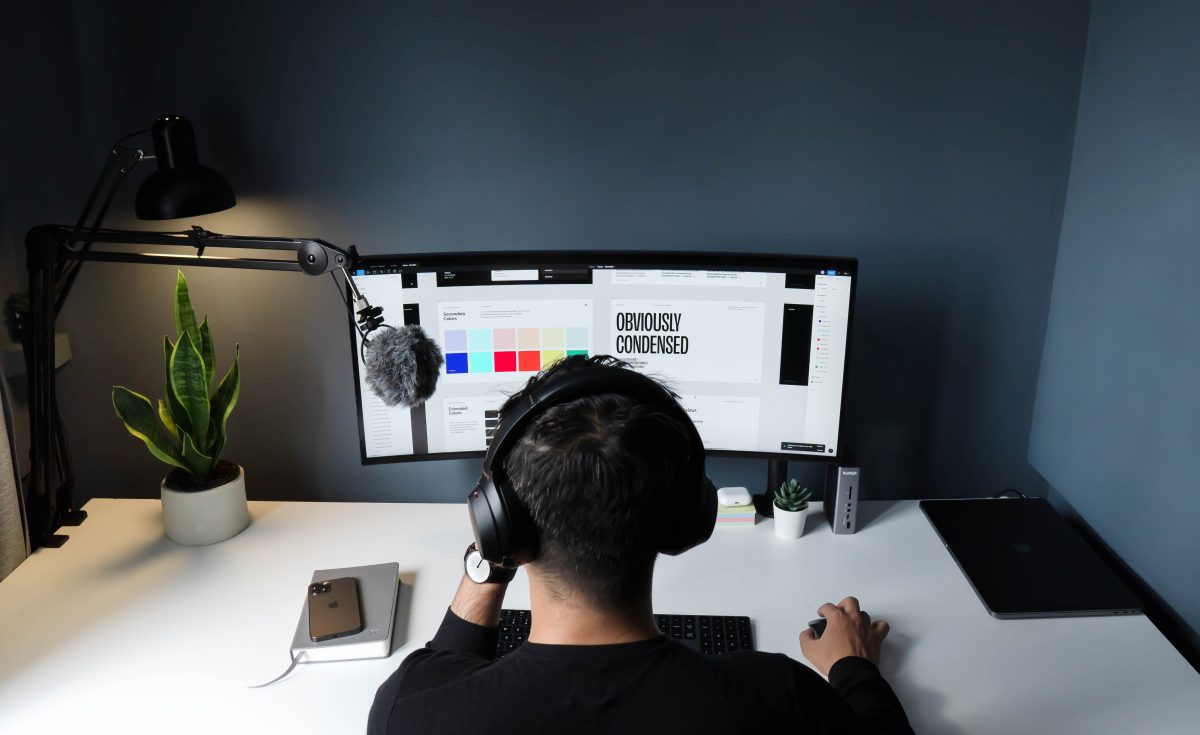Why is UI/UX so Important
As we know, first impressions are a one-time thing, so you want to pick your UI/UX design strategies really carefully when planning your Brand Identity related designs. In previous articles we have discussed a lot about functional color-maps, types and copywriting materials to blend into your visual communication channels accordingly. We can say that UI/UX is a combination of all your hard work which shows itself through the final platform.
UI/UX For Your Website
General Overview
Desktop applications have a different standard to follow when it comes to pleasing its user and well, making everyone’s lives easier. This design field has two sides to it-one that the user sees and the other-which user experiences. To put it more simply, when we are happy for gorgeous functioning of an app-that’s our experience. Tik Tok is the easiest of all Social Media Platforms for example. You don’t have to click multiple times to conduct one simple action on the app. Now Facebook on the other hand is still working on it. As for the Visual Side-Instagram and its dark mode is probably one of those designs the eyes don’t get tired of seeing.
Edana: strategic digital partner in Switzerland
We support companies and organizations in their digital transformation
Desktop Applications
A desktop application has an advantage of having more space to move around and this space must be used as productively as possible. In contrary to a mobile application-where compact designs are what matters and creates a better user experience. Now, let’s go through some basic rules of thumb in UI/UX on Desktop Application:
- Visibility of System Status
- Match Between System And The Real World
- User Control and Freedom
- Consistency and Standards
- Error Prevention
- Recognition>Recall
- Flexibility
- User Efficiency
- Minimalist Aesthetics
- Help Recovery From Error Situations
- Documentation
Visibility Of System Status
Inform your users about the System Operations being held in timely manner
System X Real World
Based on your target audience-incorporate the speech elements relevant to them not just fancy field-related words. Your customers must navigate with ease.
User Control & Freedom
Offer your users a possibility of backward steps. Undoing or Redoing previously taken actions.
Consistency & Standards
Make sure you use each icon or User-Interface element for its very own Unique purpose. Avoid double standards on icons and don’t confuse your customer/audience.
Error Prevention
Eliminating or flagging actions that may end up as errors are two possible ways of achieving timely error prevention.
Recognition
Recognizing defects in our design is always easier than recalling them, because recognition involves perceiving cues that help us reach into our longer-term memory and allowing relevant information to re-surface.
Flexibility
Users should be able to customize or tailor the interface to suit their needs of faster navigation so that frequent actions can be achieved through more convenient means. No one wants to waste time switching tons of panels when it can be done in max. 2 clicks.
Minimalism
Minimalist designs are becoming trendier by the day and this design style has also proven to be most functional and easiest for the user to get along with. The less-complicated, the better!
Error Recovery
Designers should be aware, that users cannot understand technical terminology, therefore, error messages should almost always be expressed in plain language to ensure nothing gets misunderstood.
Documentation
When users require help, ensure it is easily reachable, on point to the task at hand and explained in a way that will guide them through the necessary steps towards a solution to the issue they are facing.
What We Offer
Make sure to scroll through more interesting articles in our Publications on Edana and don’t forget to check out our services-which include UI/UX Design Plan along with other numerous services. Feel free to contact us anytime!







 Views: 17940
Views: 17940